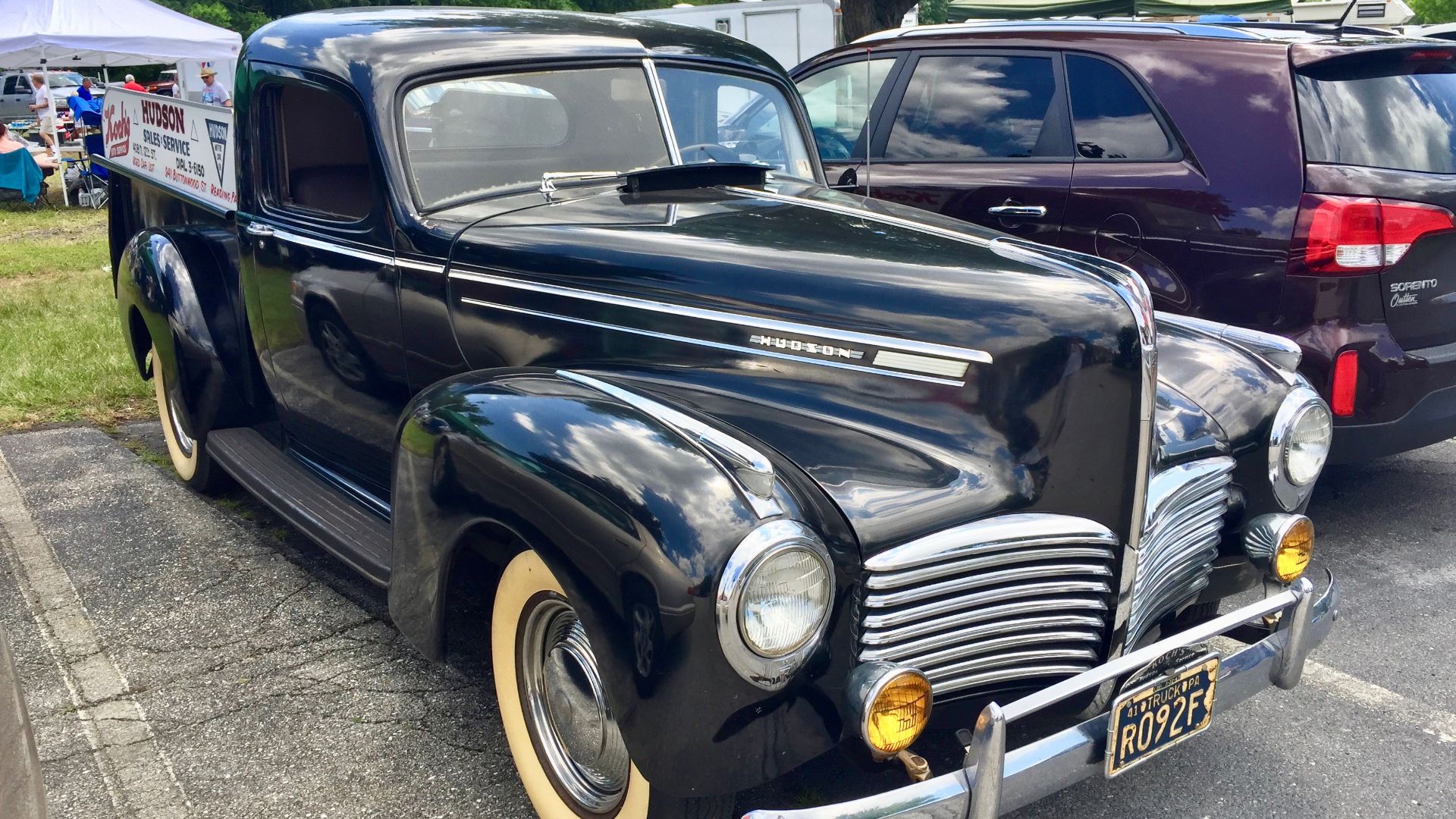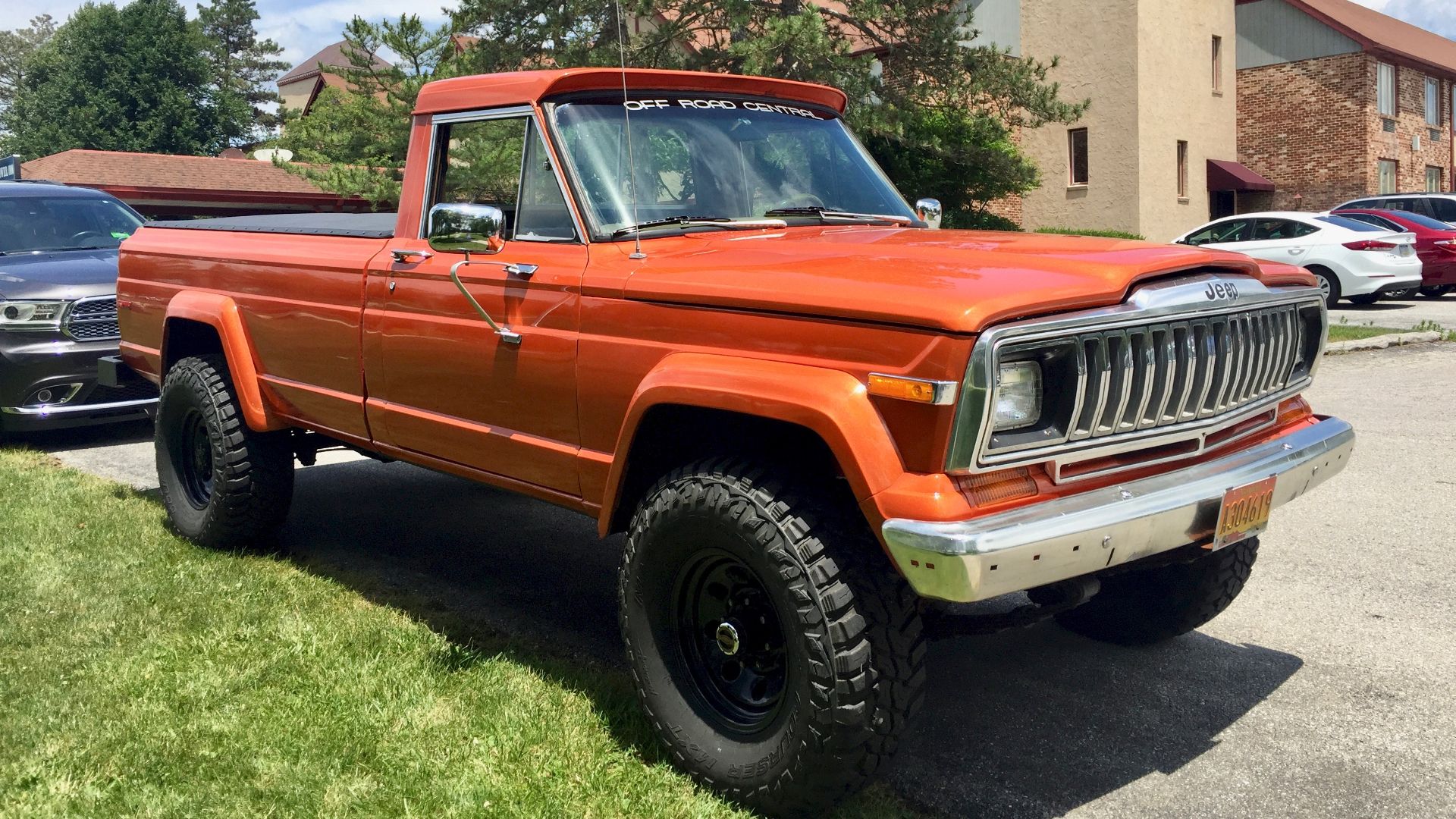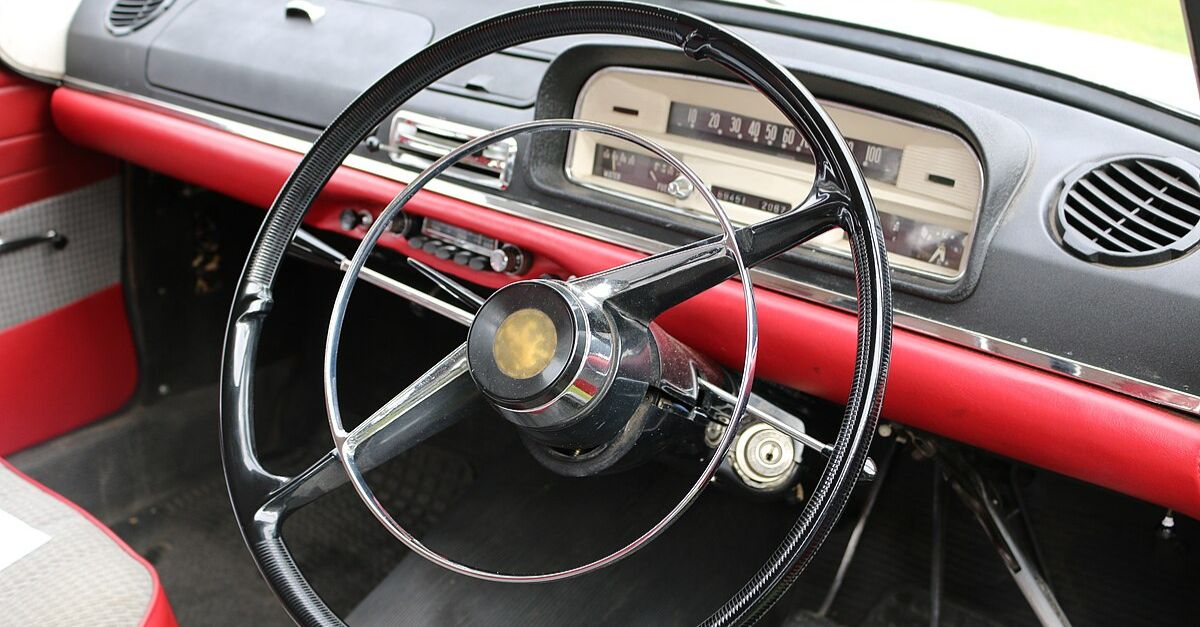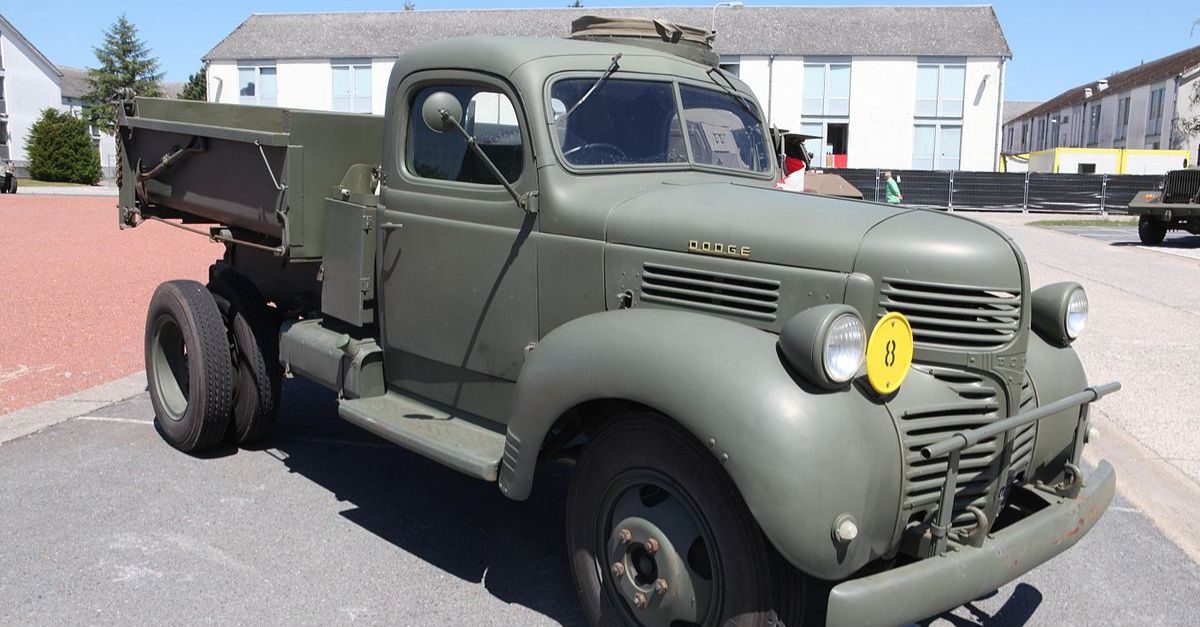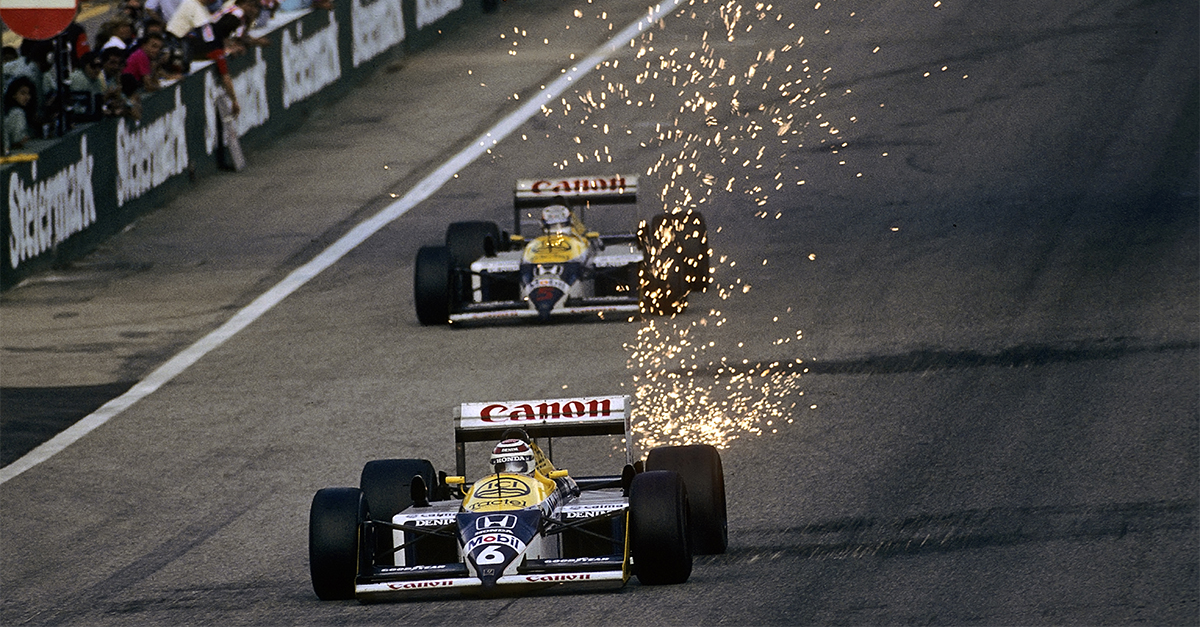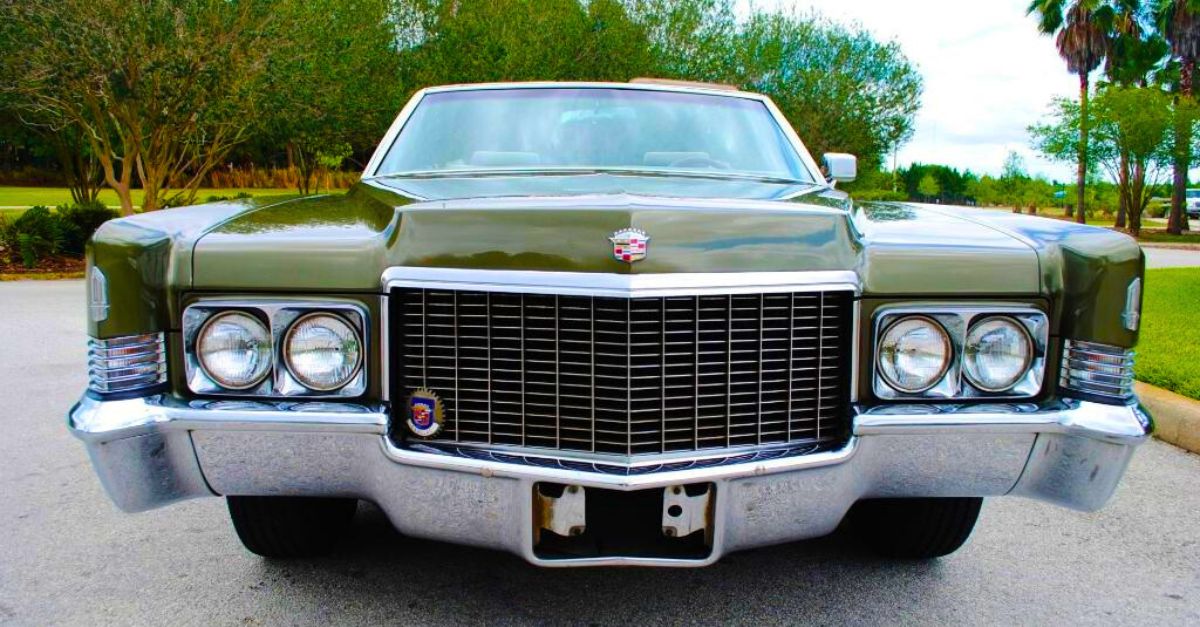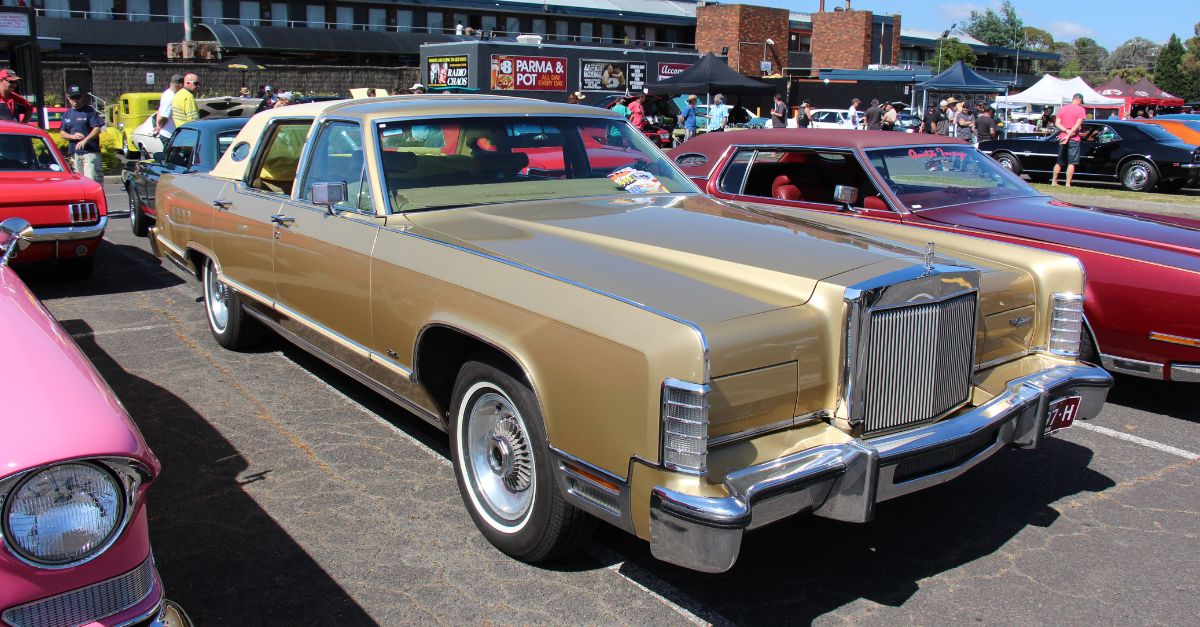Disappeared From The Market
Some trucks were built to last, but others vanished before most people even knew they existed. Whether packed with muscle or designed with features decades ahead of their time, these pickups were anything but ordinary.
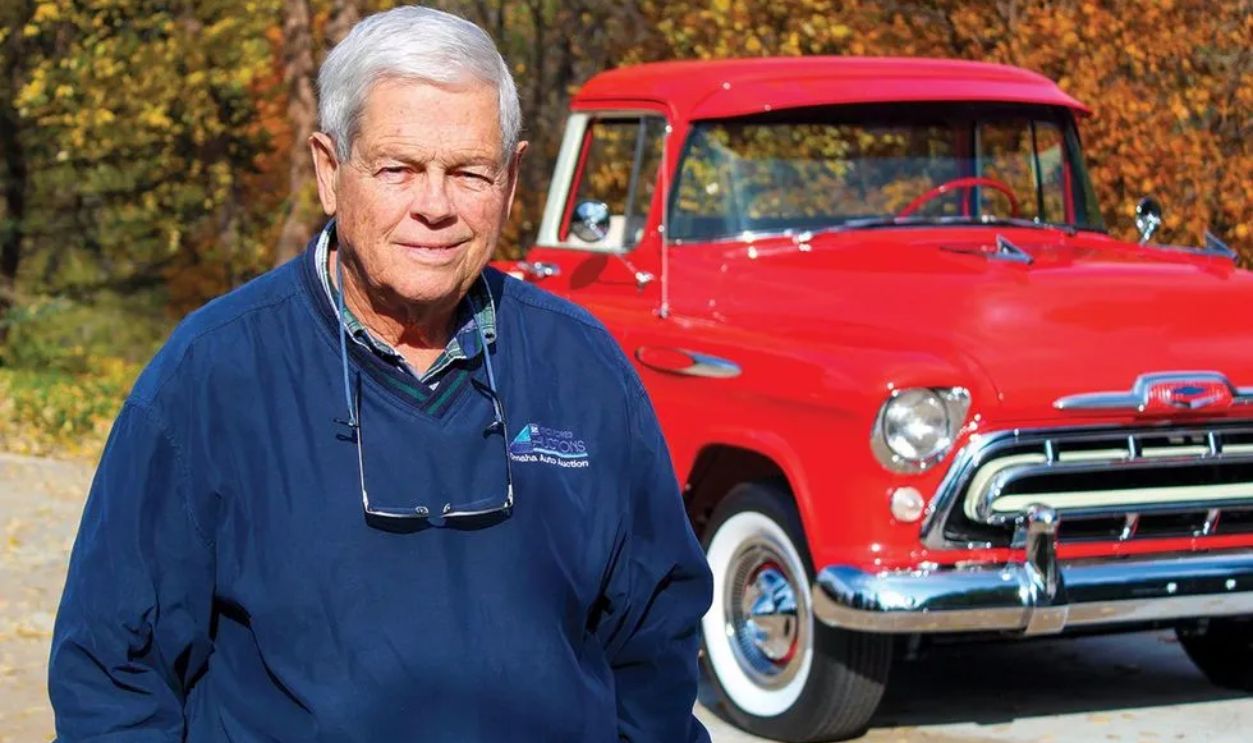
Chevrolet Cameo Carrier (1955–1958)
Today luxury pickups are common. But in the 1950s, Chevrolet took a bold step with the Cameo Carrier. Instead of a traditional utilitarian look, this truck featured smooth fiberglass rear fenders to blend the cab and bed seamlessly. It was a stylish alternative to the rough-and-tumble workhorses of its era.
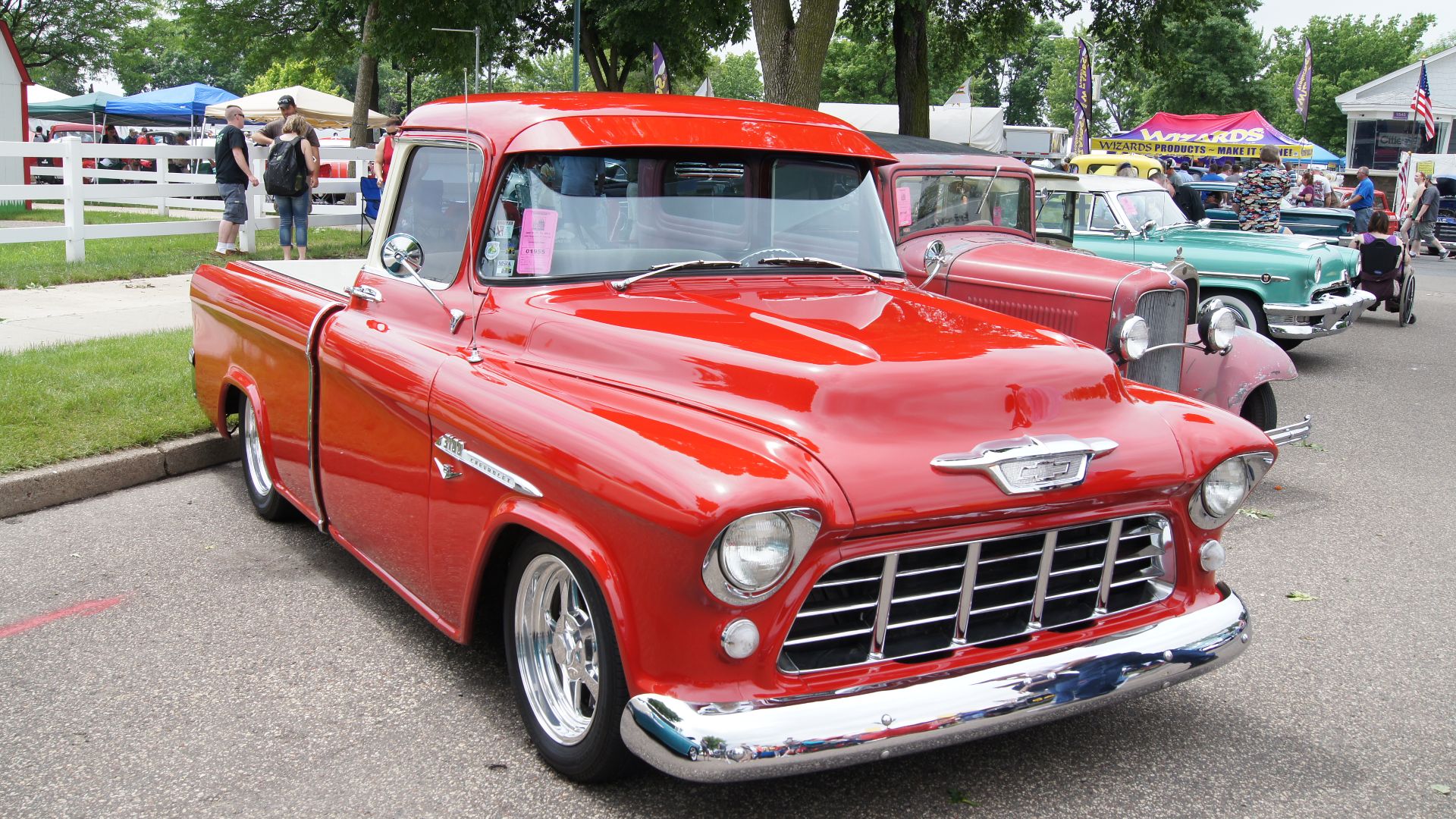 Greg Gjerdingen from Willmar, USA, Wikimedia Commons
Greg Gjerdingen from Willmar, USA, Wikimedia Commons
Ford Courier (1972–1982)
At a time when American automakers were still focused on full-size trucks, Ford made a smart move by importing the Courier, a compact pickup built by Mazda. The Courier could handle light-duty tasks without guzzling gas. Some models featured sporty stripe packages, which made them a favorite among young drivers.
 Mr.choppers, Wikimedia Commons
Mr.choppers, Wikimedia Commons
Hudson Big Boy (1939–1947)
One of the rarest pre-war pickups, the Hudson Big Boy was built for those who needed a truck that could handle serious work while offering a touch of automotive style. Hudson was known for its smooth, car-like ride, and the Big Boy carried that reputation into the truck world but a few units were produced.
GMC Syclone (1991)
A pickup that could outrun a Ferrari? That’s exactly what the GMC Syclone was. Underneath its unassuming compact truck body was a turbocharged 4.3-liter V6 paired with an advanced all-wheel-drive system. Only 2,995 units were built, which makes it one of the rarest performance trucks ever made.
 Mr.choppers, CC BY-SA 3.0, Wikimedia Commons
Mr.choppers, CC BY-SA 3.0, Wikimedia Commons
Studebaker Champ (1960–1964)
The Studebaker Champ had the cab of a Studebaker Lark sedan that gave it a car-like feel inside while offering the utility of a pickup. Later models introduced a sliding rear window, which would eventually become common in pickups. Despite its innovations, Studebaker struggled financially, and the Champ disappeared.
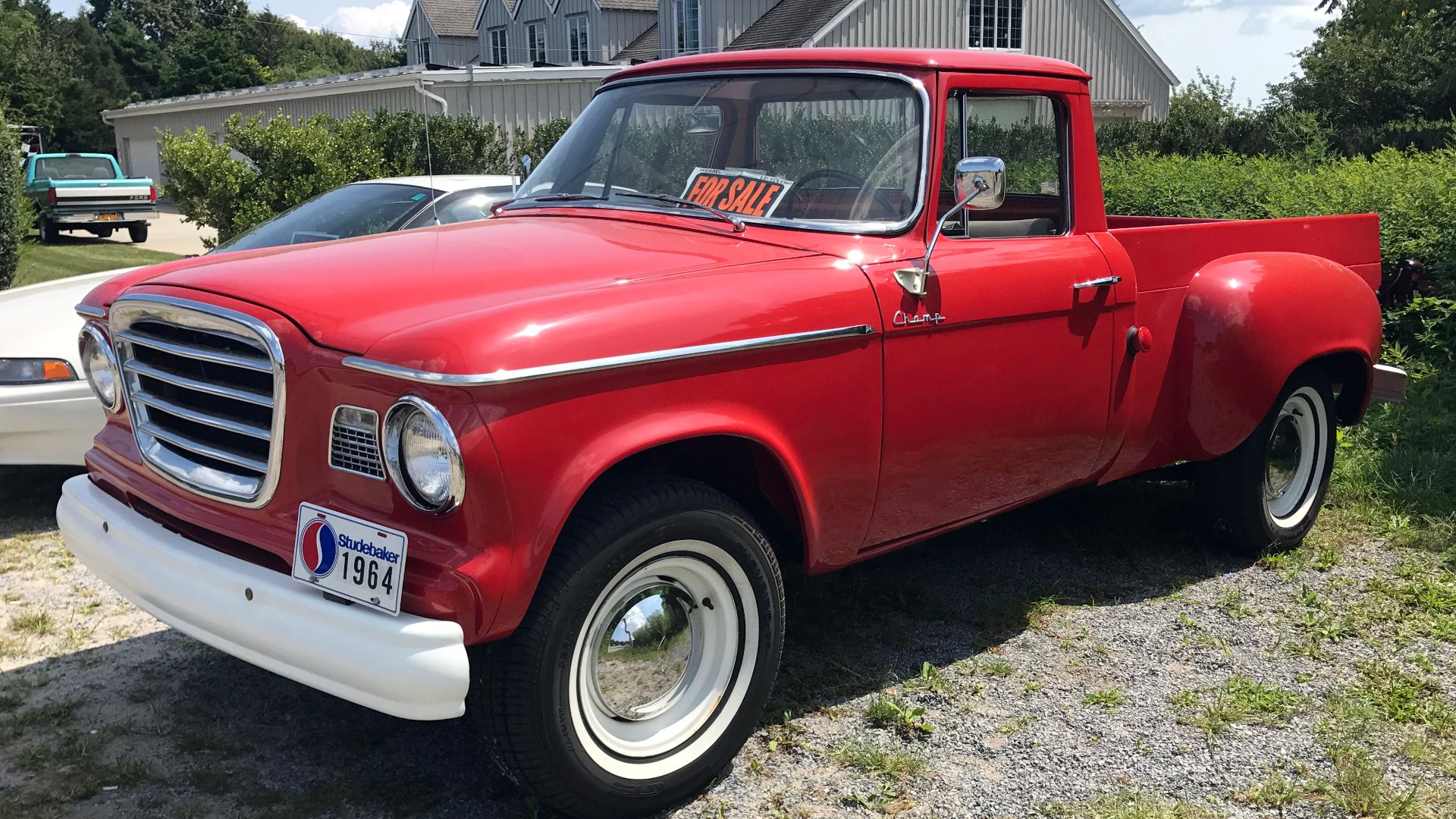 Mr.choppers, Wikimedia Commons
Mr.choppers, Wikimedia Commons
Chevrolet Corvair Rampside (1961–1964)
Unlike anything else on the market, the Corvair Rampside defied expectations. With its rear-mounted, air-cooled engine, it had a lower cargo floor than traditional trucks for easier loading and unloading. The standout feature was its side ramp that proved useful for businesses and tradespeople moving heavy equipment.
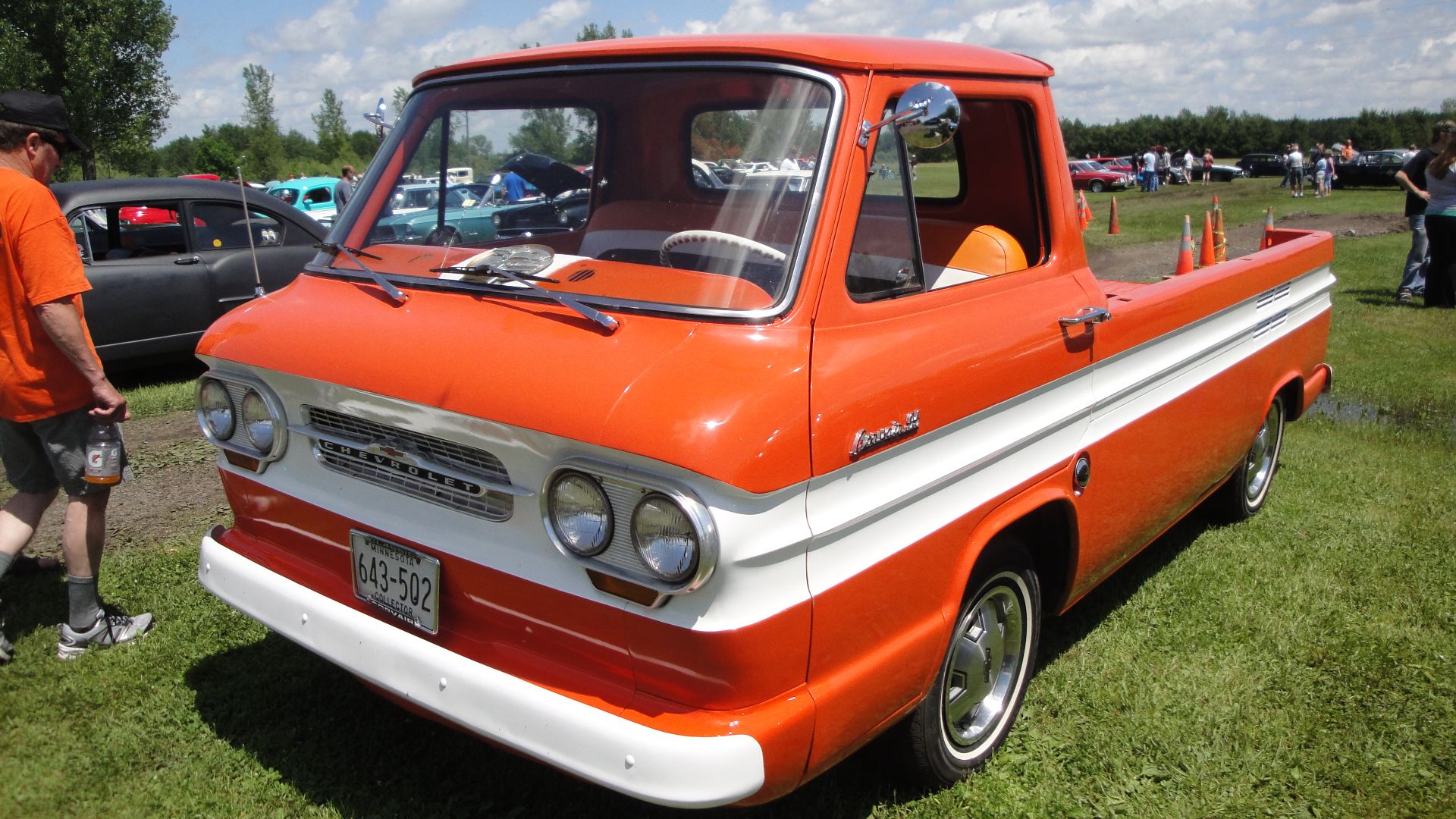 Greg Gjerdingen from Willmar, USA, Wikimedia Commons
Greg Gjerdingen from Willmar, USA, Wikimedia Commons
Jeep Gladiator J-Series (1963–1987)
Long before today’s Jeep Gladiator, there was the J-Series—an all-terrain workhorse built to handle rugged terrains with its full-time four-wheel drive. Today, well-preserved examples with the rare Honcho package that featured bold stripes and beefy fender flares are specifically hard to find.
Dodge D50 (1979–1993)
When compact pickups started gaining traction in the late 1970s, Dodge entered the scene with the D50. Buyers had a choice between a fuel-efficient four-cylinder or an optional turbo diesel, an unusual offering at the time. The Sport model added flashy graphics and off-road-ready features.
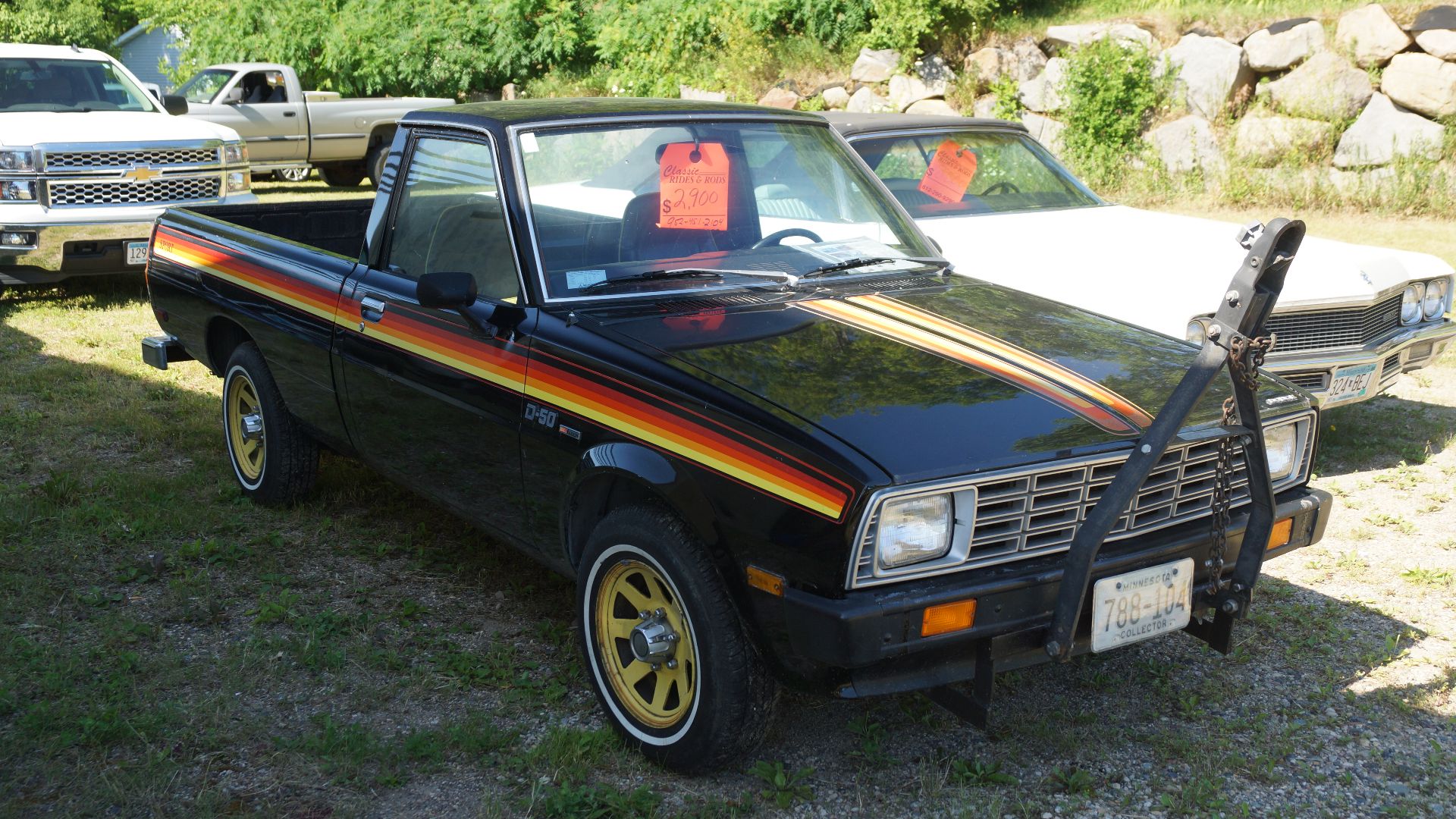 Greg Gjerdingen from Willmar, USA, Wikimedia Commons
Greg Gjerdingen from Willmar, USA, Wikimedia Commons
GMC Sprint SP (1971–1977)
As the GMC version of the Chevrolet El Camino, the Sprint SP came with multiple V8 options, including the mighty 454-cubic-inch big block. Though it shared its underpinnings with the El Camino, the Sprint SP remains rarer due to lower production numbers.
 Greg Gjerdingen from Willmar, USA, Wikimedia Commons
Greg Gjerdingen from Willmar, USA, Wikimedia Commons
International Harvester Travelette (1957–1975)
International Harvester was already ahead of the curve with the Travelette. This four-door truck was designed for work crews, families, outdoor enthusiasts, or anyone who needed extra passenger space without sacrificing utility. The Travelette had a no-nonsense interior and could be optioned with a range of powerful V8 engines.
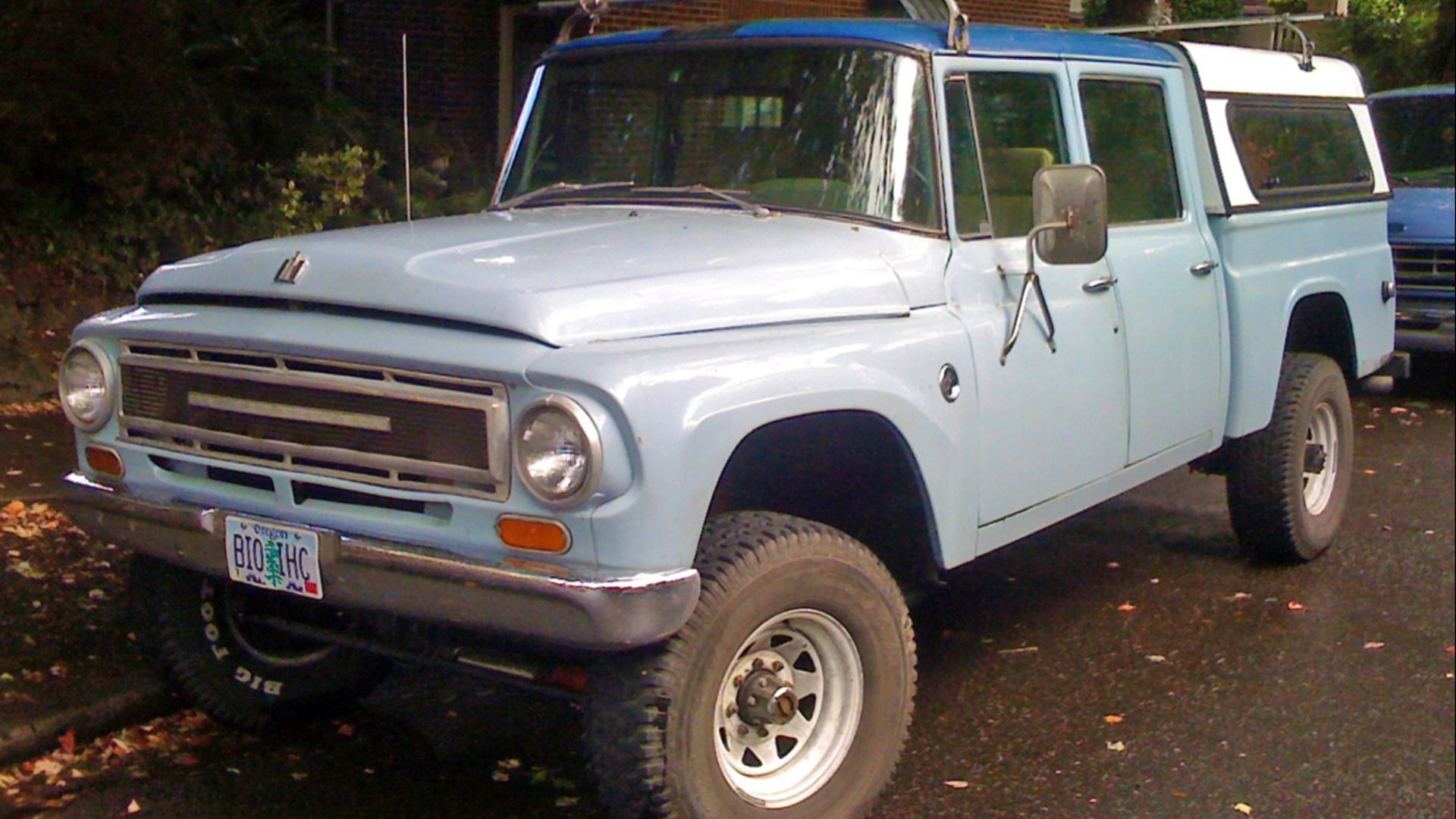 Sam Beebe;cropped and lightly adjusted by uploader Mr.choppers, Wikimedia Commons
Sam Beebe;cropped and lightly adjusted by uploader Mr.choppers, Wikimedia Commons
Chevrolet El Camino SS 454 (1970)
Part muscle car, part pickup, the 1970 Chevrolet El Camino SS 454 was the ultimate fusion of performance and utility. With 450 hp, it could launch down the drag strip faster than most muscle cars of its time. Despite its brute force, the El Camino SS was still a functional pickup.
GMC Indy 500 Official Truck (1977–1979)
Special edition vehicles always draw attention, and the GMC Indy 500 Official Truck was no exception. Built to commemorate GMC’s role as the official truck of the Indianapolis 500, this rare edition came with special badging and a distinct two-tone paint scheme. Under the hood, it packed a 350-cubic-inch V8.
 RARE 1980 GMC PICKUP INDY 500 PACE TRUCK by Elton McFall AKA Retroolschool
RARE 1980 GMC PICKUP INDY 500 PACE TRUCK by Elton McFall AKA Retroolschool
Dodge Lil’ Red Express (1978–1979)
Muscle cars weren’t the only performance vehicles disappearing under stricter emissions regulations in the late 1970s. Somehow, Dodge found a loophole and introduced the Lil’ Red Express, a truck that looked—and performed—like a hot rod. Its tall vertical exhaust stacks gave it an unmistakable presence on the road.
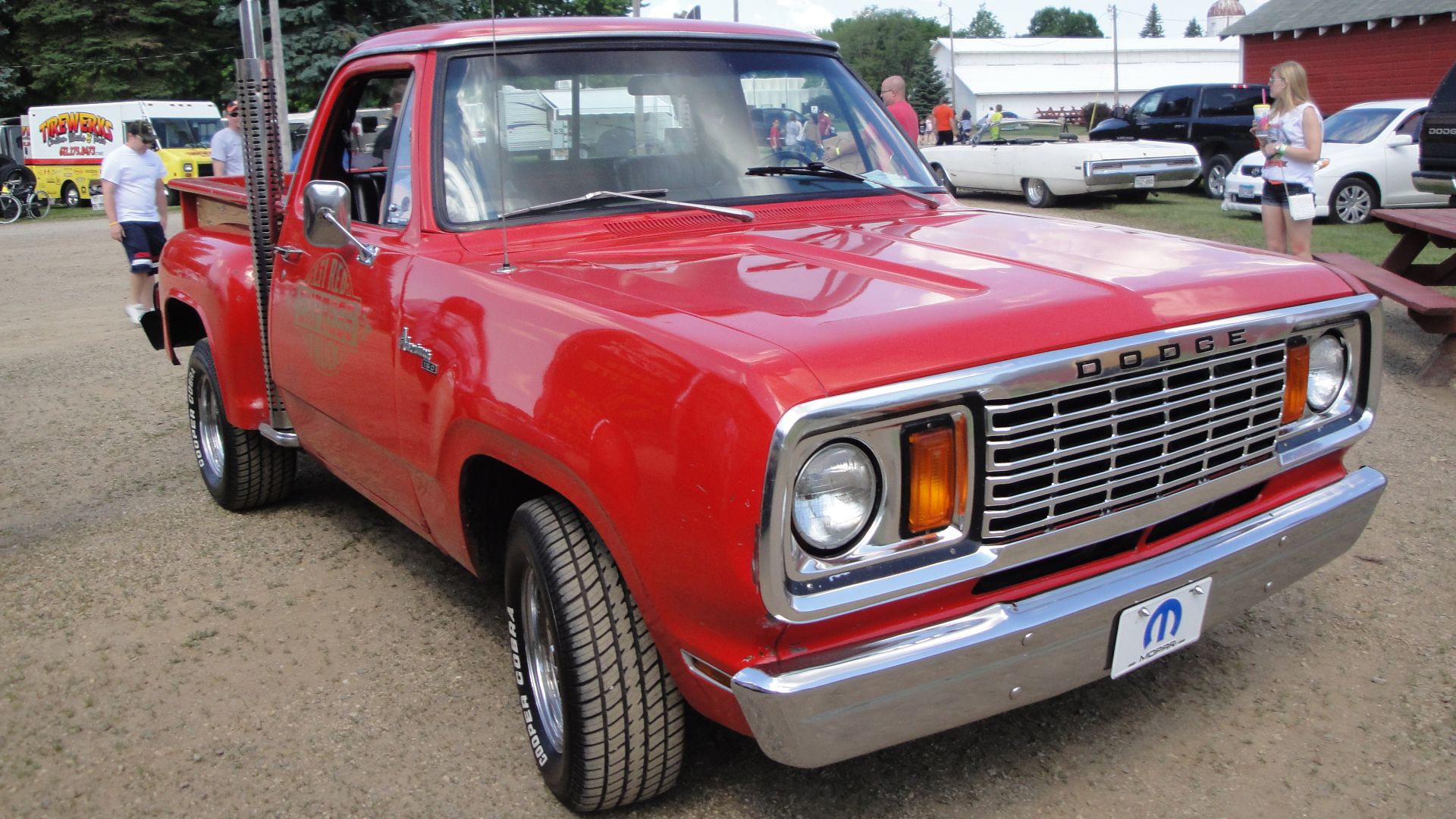 Greg Gjerdingen from Willmar, USA, Wikimedia Commons
Greg Gjerdingen from Willmar, USA, Wikimedia Commons
Ford Lightning (1st Gen) (1993–1995)
Ford tested the waters with the SVT Lightning before the trend of high-performance trucks. This special edition came with a 5.8-liter V8 and sport-tuned suspension. It was built for those who wanted a truck that could handle like a sports car while still offering everyday usability.
Volkswagen Taro (1989–1997)
The Volkswagen Taro is an unusual pickup, mainly because most people have never heard of it. Essentially a rebadged Toyota Hilux, it was one of Volkswagen’s attempts at entering the compact truck market. While it shared the legendary reliability of the Hilux, the Taro remained a niche vehicle, primarily sold in Europe.
 free photos & art, CC BY 2.0, Wikimedia Commons
free photos & art, CC BY 2.0, Wikimedia Commons
Lincoln Blackwood (2002)
Based on the Ford F-150, the Lincoln Blackwood featured a woodgrain-lined bed with a power tonneau cover. Inside, it had plush leather seats and upscale finishes, setting it apart from anything else on the road. The issue? It was expensive and completely impractical for hauling.
Mitsubishi Mighty Max 4WD Turbo Diesel (1983–1986)
Compact trucks in the 1980s were known for being tough and efficient, but the Mitsubishi Mighty Max 4WD Turbo Diesel took it a step further. It came with an available 2.3-liter turbo diesel engine, which offered impressive fuel economy for a four-wheel-drive truck.
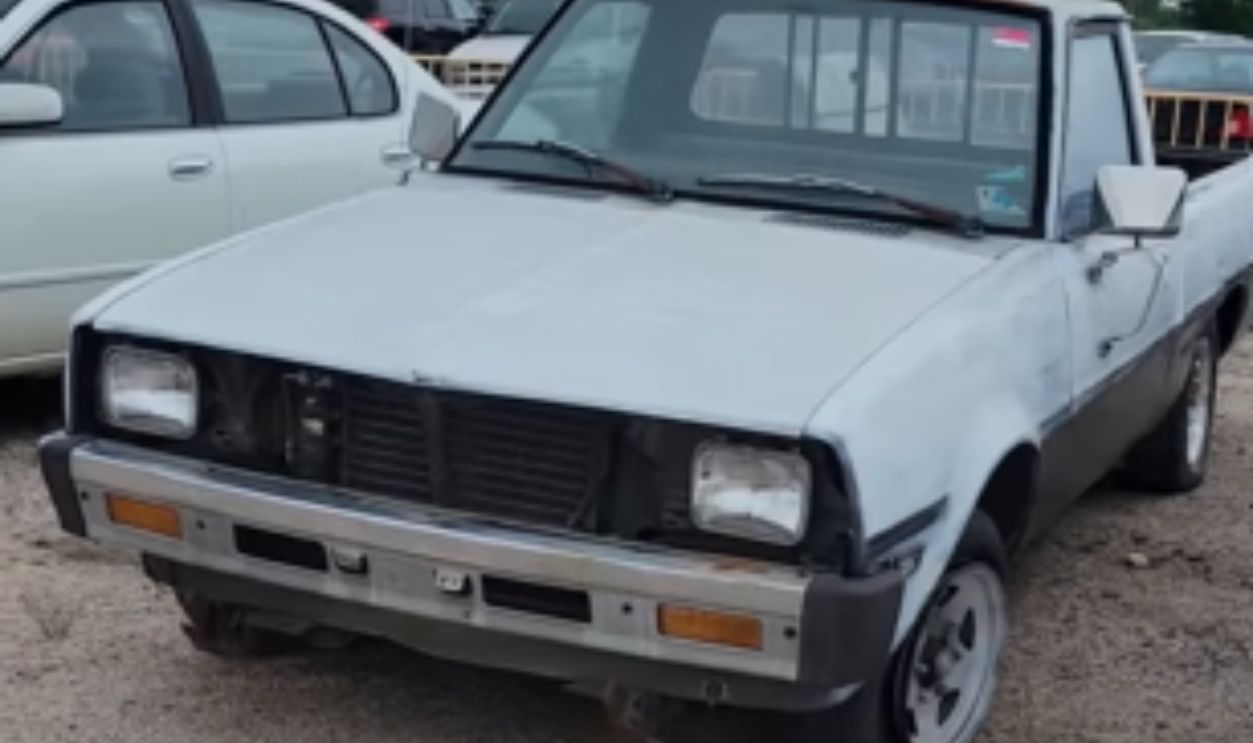 1986 Mitsubishi Mighty Max Hosted by Equip-bid.com by Equip-Bid.com Online Auctions
1986 Mitsubishi Mighty Max Hosted by Equip-bid.com by Equip-Bid.com Online Auctions
Toyota Stout (1954–1989)
The Toyota Stout was the company’s first serious attempt at breaking into the American truck market. It had a no-frills, utilitarian design, with a 1.9-liter four-cylinder engine that prioritized reliability over power. While it was incredibly durable, the Stout never gained widespread popularity in the US.
 Jeremy from Sydney, Australia, CC BY 2.0, Wikimedia Commons
Jeremy from Sydney, Australia, CC BY 2.0, Wikimedia Commons
Plymouth Arrow Sport Truck (1976–1980)
A compact truck with a sporty attitude, the Plymouth Arrow Sport Truck was Chrysler’s attempt to compete in the small pickup segment. It was a rebadged Mitsubishi Forte and stood out with bold stripe packages and flared fenders. However, it never gained the same traction as competitors from Toyota.
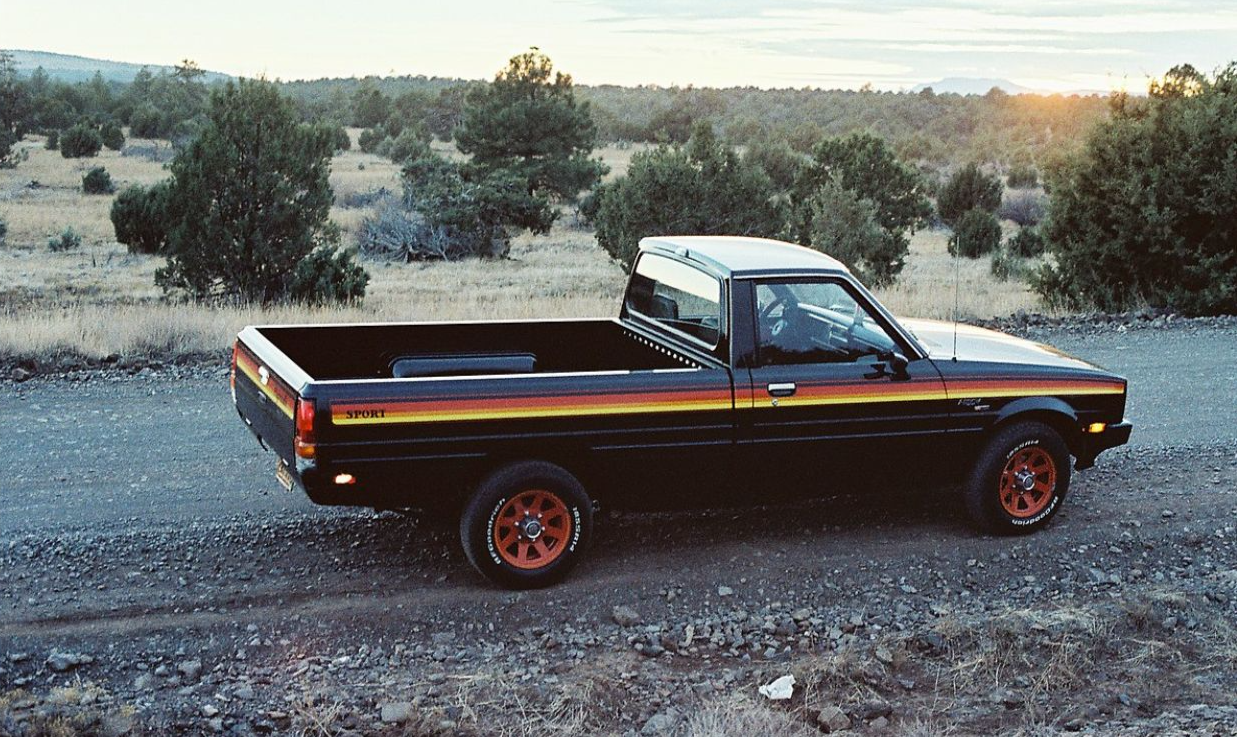 George, CC BY-SA 2.0, Wikimedia Commons
George, CC BY-SA 2.0, Wikimedia Commons
Mazda REPU (Rotary Engine Pickup) (1974–1977)
The Mazda REPU was the only compact truck ever powered by a rotary engine. Under the hood sat a 1.3-liter Wankel rotary to deliver smooth, high-revving power that gave this lightweight pickup surprising agility. Nevertheless, it required specialized maintenance, which limited its appeal to the general market.
 NZ Car Freak, CC BY 2.0, Wikimedia Commons
NZ Car Freak, CC BY 2.0, Wikimedia Commons
Subaru BRAT (1978–1987)
Designed to dodge the tariff on imported trucks, Subaru added a clever workaround to the BRAT—two rear-facing jump seats in the bed to classify it as a passenger vehicle. This made it a hit among buyers who didn’t want the bulk of a full-size pickup.
 Greg Gjerdingen from Willmar, USA, CC BY 2.0, Wikimedia Commons
Greg Gjerdingen from Willmar, USA, CC BY 2.0, Wikimedia Commons
Studebaker Coupe Express (1937–1939)
Combining the elegance of a pre-war Studebaker sedan with the utility of a pickup bed, the Coupe Express was one of the first trucks designed with style in mind. Buyers could opt for inline-six and V8 engines for a respectable balance of power and efficiency for its time.
 Greg Gjerdingen from Willmar, USA, CC BY 2.0, Wikimedia Commons
Greg Gjerdingen from Willmar, USA, CC BY 2.0, Wikimedia Commons
Ford Ranger SkyRanger (1991)
A convertible pickup? That’s exactly what Ford and ASC experimented with when it introduced the SkyRanger in 1991. Based on the standard Ford Ranger, this special edition featured a power-operated soft top that could be retracted for open-air driving but production was limited to just 17 units.
 1991 Ford Ranger by Matthew Lamb
1991 Ford Ranger by Matthew Lamb
Jeep CJ-8 Scrambler (1981–1986)
A mix of classic Jeep DNA and pickup truck practicality, the CJ-8 Scrambler was ahead of its time. It had a longer wheelbase than the CJ-7, which gave it a small cargo bed while still retaining off-road capability. Many were outfitted with removable hardtops, making them perfect for adventure seekers.
 wallerdog, CC BY-SA 3.0, Wikimedia Commons
wallerdog, CC BY-SA 3.0, Wikimedia Commons
GMC Beau James (1975)
GMC hit the luxury pickup market with the Beau James edition. Based on the Sierra 1500, it came with a two-tone paint job and plush interior upgrades Equipped with power steering and air conditioning, it was marketed as a "gentleman’s pickup" for those who wanted refinement alongside capability.
 1975 GMC "Beau James" Edition 454 Big-block V8 - Rare Square Body by RamblinAround
1975 GMC "Beau James" Edition 454 Big-block V8 - Rare Square Body by RamblinAround


